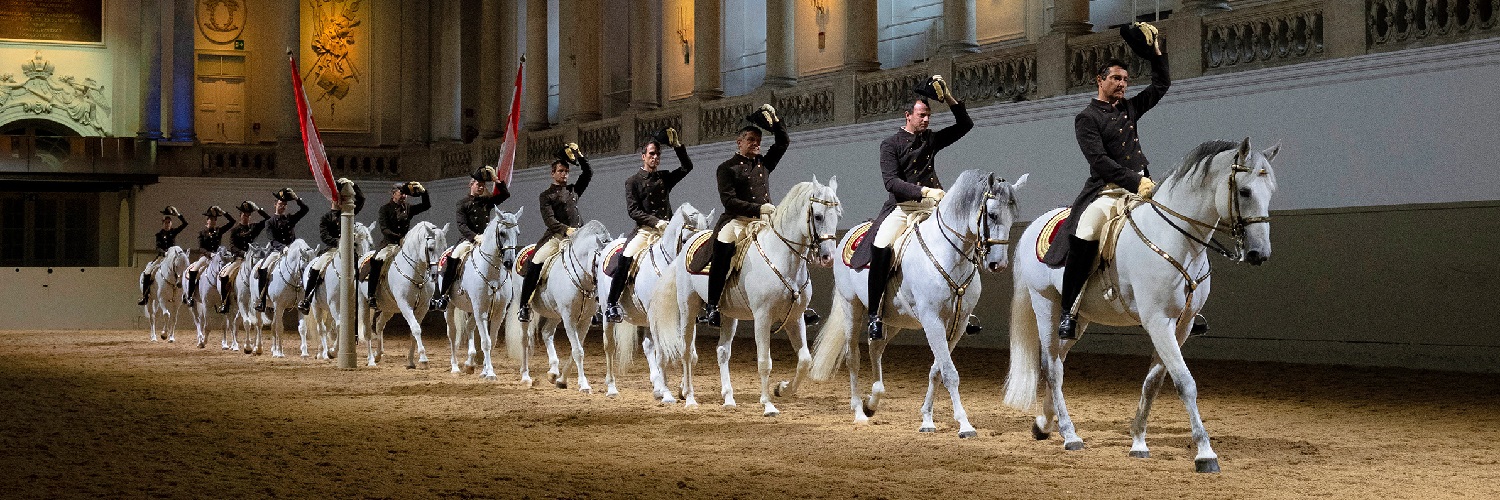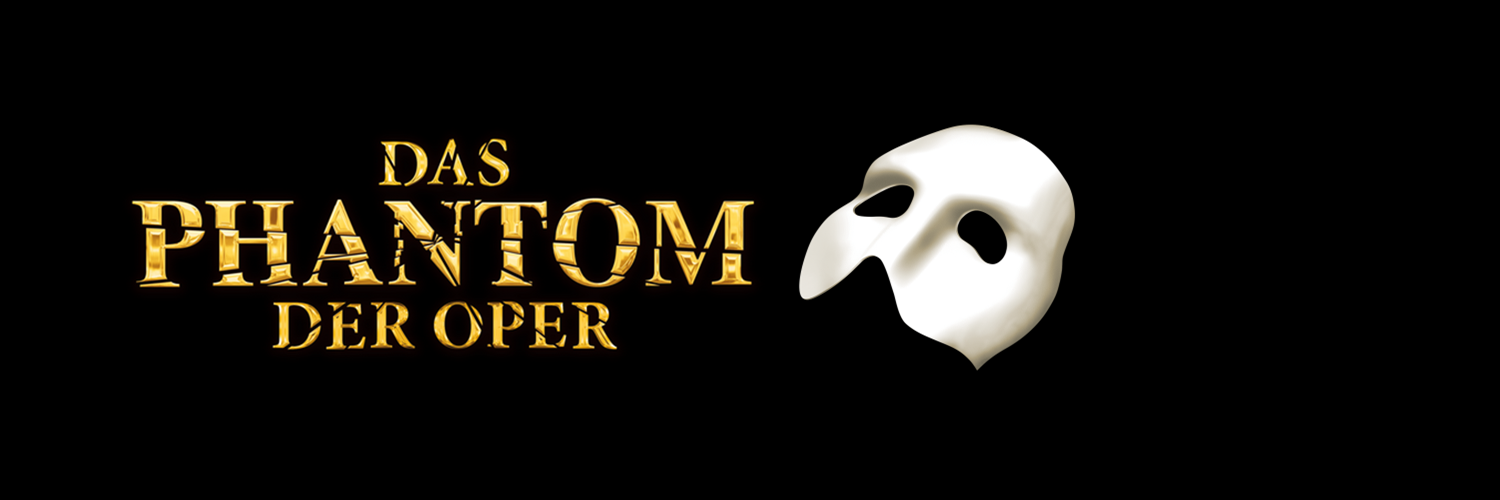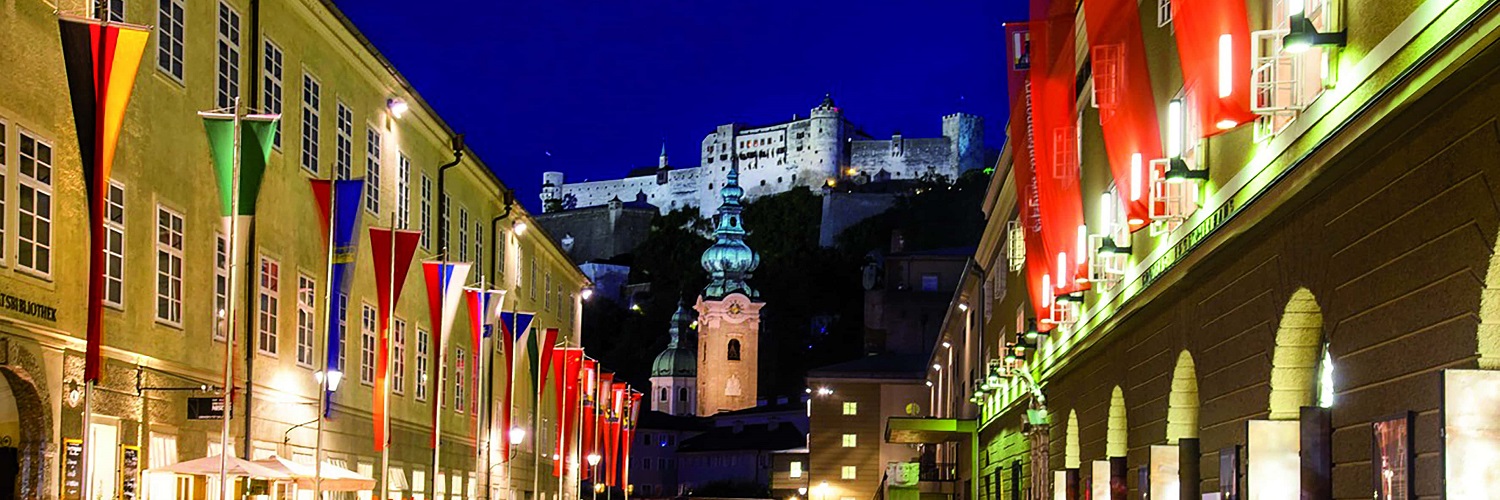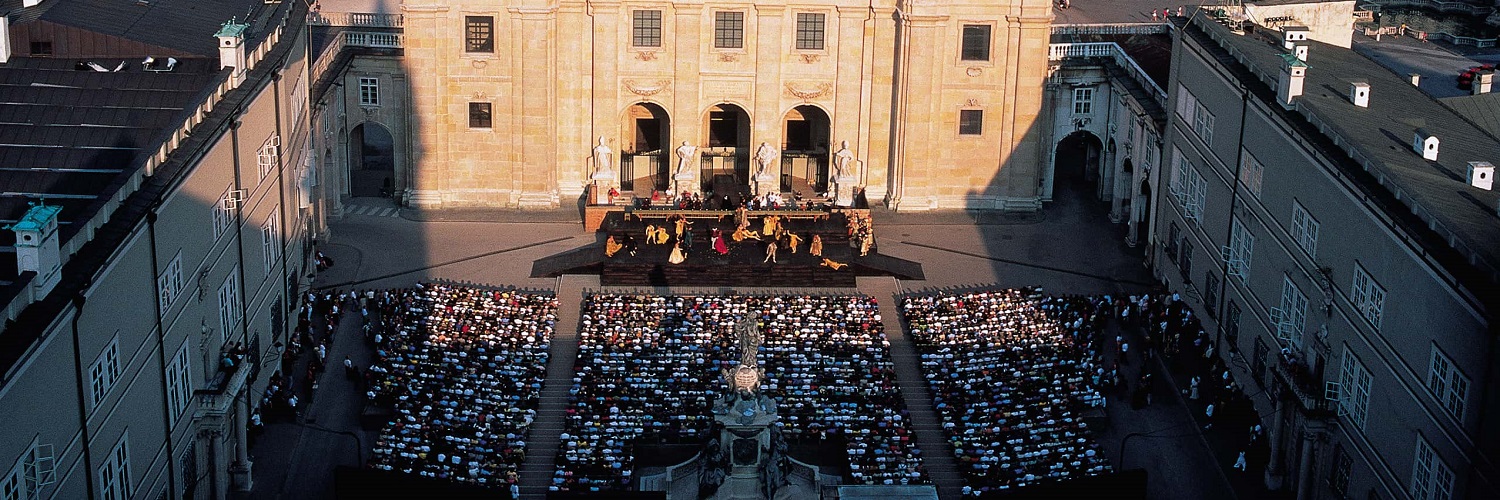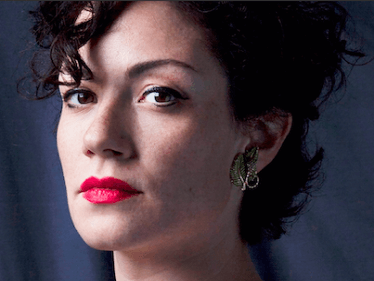Semele - Schedule, Program & Tickets
Semele
Serenata in two parts (1726)
Music by Johann Adolf Hasse
Libretto by Francesco Ricciardi
Concert performance in Italian
The goddess is a stranger. And what does his jealous wife do? She tries to get rid of her lover. This is how it is today, and it happened then: Jupiter fell in love with the beautiful Semele and gives in to his desires. Semele is equally happy to have an affair with the most prominent of all gods who always shows her in the form of a boy. The only one who has anything against this connection is Juno, Jupiter's wife. She devises a perfidious plan to save her marriage. In the guise of her nurse Climene, Semele persuades her to ask Jupiter to prove that he really is the one he claims to be. He should appear to her in his divine majesty, just as he shows himself to his wife. Semele likes this suggestion, and she asks him of Jupiter as a good faith. He wants to deny her this request, but she will not let up. She also accepts the prospect of her own death, for no human being survives the sight of the divine. Deeply sad, Jupiter fulfills her wish and appears to her as a flaming figure of light. As expected, she dies. Juno believes he can triumph over her husband, but Jupiter is more powerful than she knows ... Johann Adolph Hasse was one of the most famous composers of his time, he was friends with the leading librettist Pietro Metastasio as well as with the star neo Farinelli, was with the "Nuova sirena" Faustina Bordoni married and was highly valued by personalities such as Maria Theresa or Voltaire. However, the German began his career in Naples, because his North German homeland offered him little prospects. In Naples in 1725 he composed his first serenata (a kind of chamber opera). Just a year later, in La Semele, o sia La richiesta fatalale, he again used this form of mini-music theater, in two parts, with reduced orchestra and only three parts. Through the rediscovery of a copy of the score in Vienna, Hasse Semele resounded at the Innsbruck Festival of Early Music in 2018. The edition was created by Claudio Osele from the manuscript of the archive of the Gesellschaft der Musikfreunde in Vienna.
Subject to change.
Music by Johann Adolf Hasse
Libretto by Francesco Ricciardi
Concert performance in Italian
The goddess is a stranger. And what does his jealous wife do? She tries to get rid of her lover. This is how it is today, and it happened then: Jupiter fell in love with the beautiful Semele and gives in to his desires. Semele is equally happy to have an affair with the most prominent of all gods who always shows her in the form of a boy. The only one who has anything against this connection is Juno, Jupiter's wife. She devises a perfidious plan to save her marriage. In the guise of her nurse Climene, Semele persuades her to ask Jupiter to prove that he really is the one he claims to be. He should appear to her in his divine majesty, just as he shows himself to his wife. Semele likes this suggestion, and she asks him of Jupiter as a good faith. He wants to deny her this request, but she will not let up. She also accepts the prospect of her own death, for no human being survives the sight of the divine. Deeply sad, Jupiter fulfills her wish and appears to her as a flaming figure of light. As expected, she dies. Juno believes he can triumph over her husband, but Jupiter is more powerful than she knows ... Johann Adolph Hasse was one of the most famous composers of his time, he was friends with the leading librettist Pietro Metastasio as well as with the star neo Farinelli, was with the "Nuova sirena" Faustina Bordoni married and was highly valued by personalities such as Maria Theresa or Voltaire. However, the German began his career in Naples, because his North German homeland offered him little prospects. In Naples in 1725 he composed his first serenata (a kind of chamber opera). Just a year later, in La Semele, o sia La richiesta fatalale, he again used this form of mini-music theater, in two parts, with reduced orchestra and only three parts. Through the rediscovery of a copy of the score in Vienna, Hasse Semele resounded at the Innsbruck Festival of Early Music in 2018. The edition was created by Claudio Osele from the manuscript of the archive of the Gesellschaft der Musikfreunde in Vienna.
Subject to change.
There are no products matching the selection.

